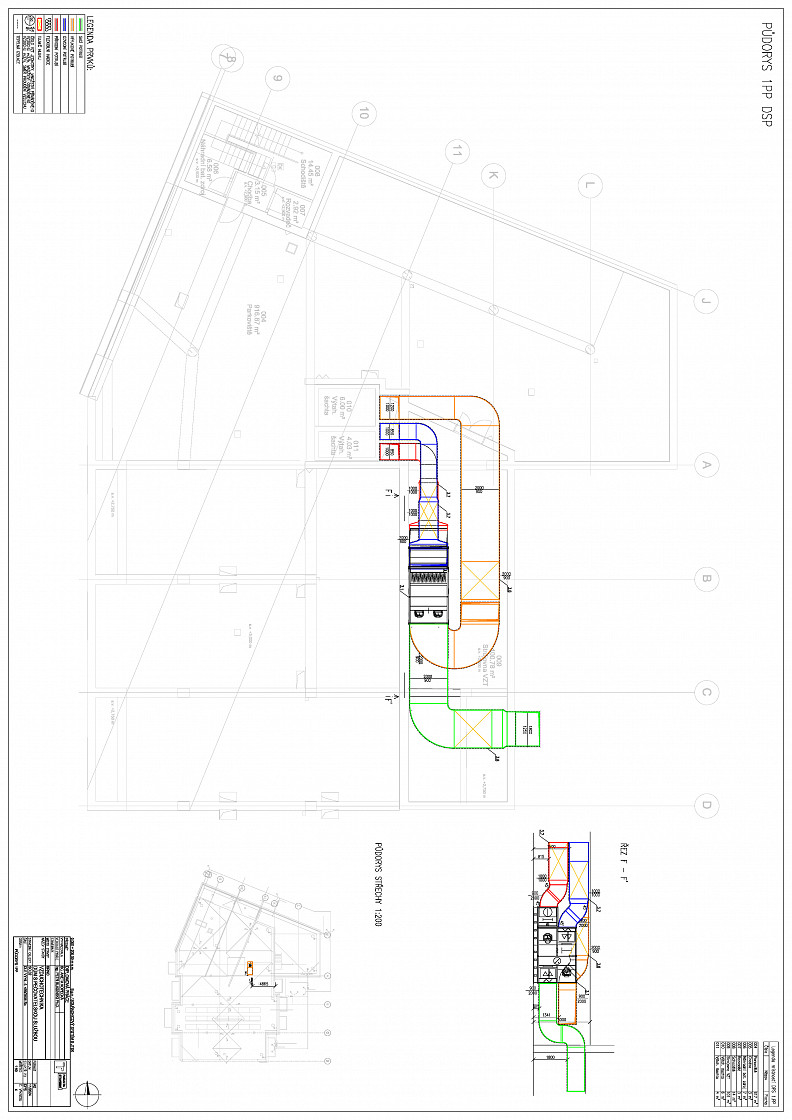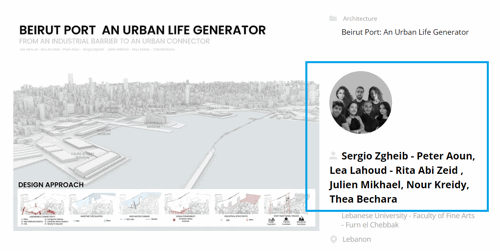OPTIMIZING THE AIR CONDITIONING DESIGN OF A NURSERY SCHOOL WITH A NURSING SERVICE

Idea projektu
This thesis explores the application of 3D printing technology in HVAC systems, focusing on air
distribution and the optimization of system design. Its aim is to bridge theoretical knowledge
with practical validation of 3D printing's potential in this specialized field. The theoretical section
provides an overview of the history, principles, and technologies of 3D printing, highlighting its
applications in construction and HVAC. It includes an in-depth analysis of 3D printer design and
the properties of materials tailored to meet requirements for durability and functionality.
Popis projektu
The practical section emphasizes the design and optimization of HVAC systems for
a kindergarten and a nursing home. Additionally, the thesis presents an experimental
assessment of air distribution using 3D-printed models. By combining a thorough theoretical
review with practical experimentation, the work offers a comprehensive insight into the
advantages and applications of additive manufacturing in HVAC. It also underscores the
integration of modern technology with civil engineering and reinforces the significance of 3D
printing for future advancements in the field.
Technické informace
The experimental part of the work focused on the evaluation of air distribution using a handwritten
modeled and 3D printed air terminal elements, specifically vortex
anemostats, plenum boxes and nozzles. The experiment included the construction of a scale model of
of the air handling system with these elements fitted and an analysis of their effect on the velocity
and the nature of the airflow.
The vortex anemostats demonstrated the ability to uniformly cover the space with a longer range
flow, although their performance was more compact than expected. Plenum boxes provided
intense mixing flow, while the nozzles provided directional flow with high
kinetic energy and longer reach. Supplemented CO₂ distribution measurements and flow visualization
using steam confirmed the different properties of the different elements.
The experiment highlights the importance of 3D modelling in practice and incorporation into experimental
measurements. Through 3D modelling and printing, it was possible to create scaled models that would be used in practice
otherwise difficult to test in other ways. This method allowed effective experimental validation of
properties of the finite elements
Dokumentace
Show PDF 1Show PDF 2Show PDF 3Show PDF 4Show PDF 5Show PDF 6Show PDF 7Show PDF 8Show PDF 9Show PDF 10Show PDF 11Show PDF 12
















